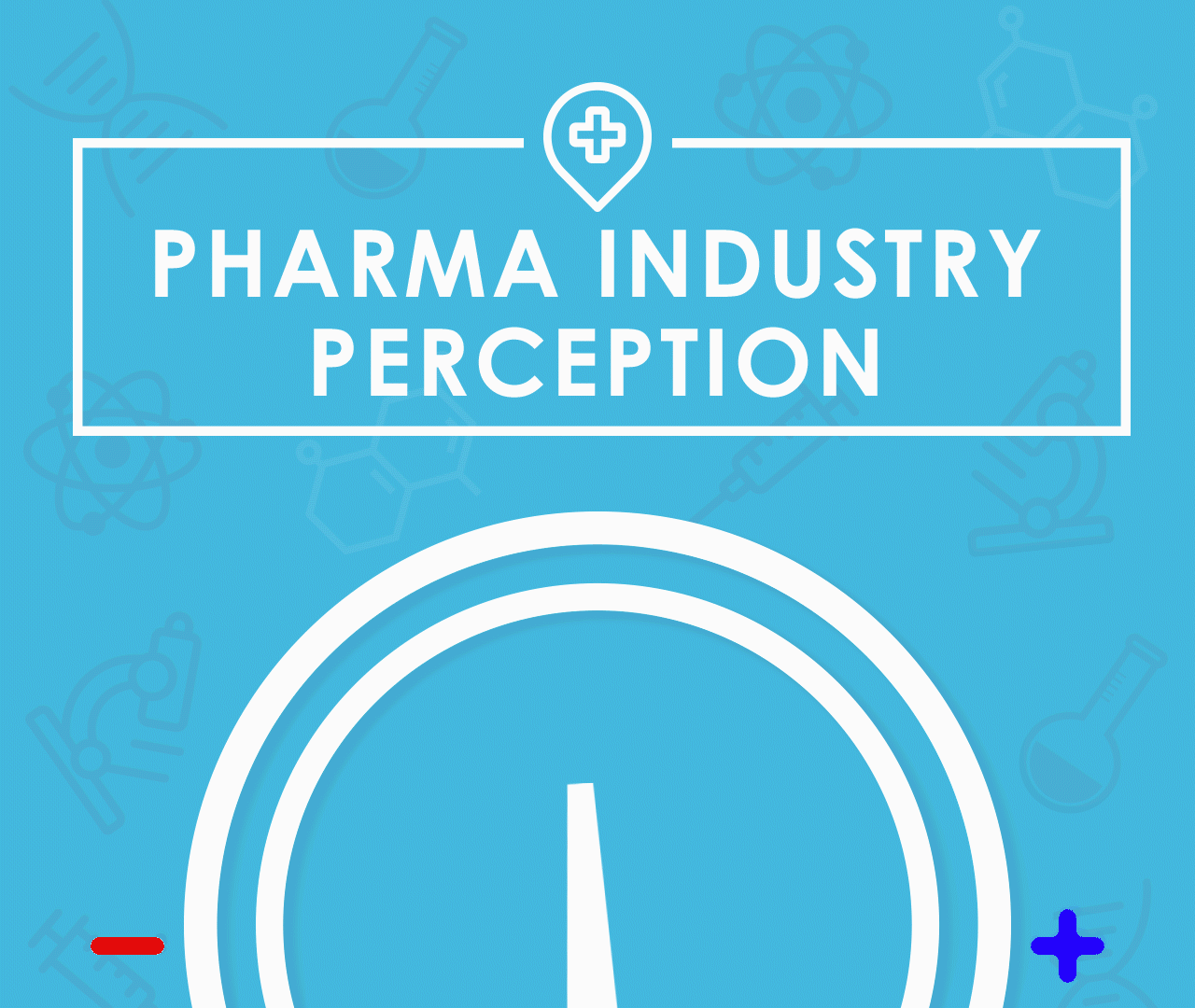Over the last year, the public has looked at the pharmaceutical industry as a linchpin to getting the country through the COVID-19 crisis. Whether it was daily news updates with scientific breakthroughs, the development of COVID-19 diagnostic tests, or creating therapies and vaccines to defeat the virus, pharma was leading the charge. As a result, public perception and overall trust of the industry has dramatically improved. But can the pharmaceutical industry maintain this momentum?
Let’s dive into the backstory. In September 2019, the pharmaceutical industry was rated one of the most poorly regarded industries in the country. Americans were more than twice as likely to rate the pharmaceutical industry negatively (58%) as positively (27%). This low point came amid a range of criticism of industry norms including high drug costs, investment in lobbying efforts and its role in the nation’s opioid crisis.
However, as COVID-19 brought our lives to a halt, we looked to these companies as a beacon of hope. In fact, since the start of the pandemic, when asked if their views of the industry had become more positive or remained positive, some 70% of respondents said it was due in large part to the industry’s overall response to COVID-19 — specifically, its efforts in developing vaccines, treatments, and tests. Also cited was greater collaboration among pharmaceutical companies, which have shared data and drug formulas that aid in combatting this pandemic.
COVID-19 has presented the pharma industry with a unique opportunity many thought was not possible — to hit the reset button on public perception. The events over the last year have illuminated several aspects of the industry that will have a positive and lasting impact on every single American. Following are some approaches that healthcare communicators can consider as they support their own partners in the pharmaceutical space.
- Make Your Communications Work Harder. In light of COVID-19 and this increasingly virtual world, those working in the healthcare industry must ensure they are succinctly and effectively translating scientific news into digestible information. It’s essential that the public understands the information being shared – especially how it impacts themselves and loved ones. This could mean presenting information in a format or on a platform that the public can easily access and understand.
- Leverage Experts and Key Opinion Leaders to Share Information. The public looks to people they can trust, particularly in times of crisis when there is worry or doubt over misinformation. Use third-party doctors and scientists to explain what is happening and why. No one can tell your story better than an expert who is conducting the research in the lab or treating patients each and every day.
- Engage Your Patient Communities. Engage patient groups and communities to see how the company can offer advice and support. It is vital to establish and sustain meaningful, two-way relationships with patients to understand what they are experiencing each day. As a result, the feedback provided can be incredibly helpful as a means to refining and improving a patient’s view or interaction with a company.
- Always Bring It Back to Your Purpose. Regardless of what industry you work in, purpose matters and the pandemic has been an important inflection point for many organizations. For pharmaceutical companies in particular, it means providing delivering a safe and effective path to help us move forward with the hope and promise of effective treatments and/or vaccines that will save lives, or enhance daily living.
We have an opportunity as healthcare communicators to shine a light on the brilliant things that science is doing and to celebrate the achievements as an example of what is capable if we work together for the common good. So, will the pharmaceutical industry be able to hold onto this positive momentum? I think so. And I think communications and public relations will play a key role in keeping it that way.




